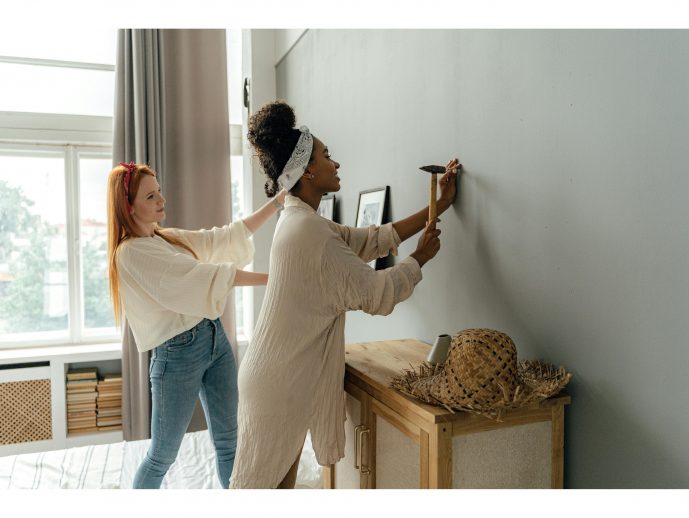Categories more
- Adventures (17)
- Arts / Collectables (15)
- Automotive (37)
- Aviation (11)
- Bath, Body, & Health (77)
- Children (6)
- Cigars / Spirits (32)
- Cuisine (16)
- Design/Architecture (22)
- Electronics (13)
- Entertainment (4)
- Event Planning (5)
- Fashion (46)
- Finance (9)
- Gifts / Misc (6)
- Home Decor (45)
- Jewelry (41)
- Pets (3)
- Philanthropy (1)
- Real Estate (16)
- Services (23)
- Sports / Golf (14)
- Vacation / Travel (60)
- Watches / Pens (15)
- Wines / Vines (24)
- Yachting / Boating (17)
Tips From Picture Hanging Services Pros: How to Create Museum-Level Displays at Home
Published
11/25/2025There's a reason a framed piece looks different in a museum than it does in an average living room. It's not just the artwork itself — it's the precision behind how it's placed, aligned, lit, and supported. Professionals who offer picture hanging services think about far more than "eye level." They consider proportions, weight distribution, and how each piece shapes the story of the room. The good news? With the right techniques, you can recreate that same museum-quality elegance right at home.
Professional Tips You Won't Hear in Basic Guides
Here are a few genuinely helpful, insider-level techniques on which the picture-hanging service professionals rely daily:
Test the visual balance before committing. Pros employ removable adhesive strips or cardboard placeholders to gauge how artwork will interact with furniture, windows, and neighboring pieces before any holes are drilled.
Align with architectural cues, not furniture height. Doors, window frames, and the seams of vertical elements create natural sightlines that help artwork "sit" correctly in the room.
Make micro-adjustments. Sometimes a piece can be technically level and still appear crooked. Pros make slight, almost imperceptible adjustments that can compensate for perspective distortions brought about by uneven floors or sloped ceilings.
Consider the shadow profile. There are never harsh shadows or accidental overlaps in museum-grade displays. The distracting light falloff can be avoided with a bit of upward or leftward shifting.
These little yet all-so-important steps make the difference between "nicely hung" and a truly gallery-worthy result.
Mapping the Room Like a Curator
Before any picture installation, professionals walk the room to find what they call the visual "anchor zones." These are the points where the eye naturally lands: above a mantel, between two windows, or along a long hallway wall. Placing the strongest or most meaningful artwork in these spots sets the room's tone.
Another subtle technique is to group pieces by mood rather than color. A suite of tranquil landscapes feels cohesive even when mismatched frames are present, while bold abstracts energize each other when placed together. This is the type of curatorial thinking that instantly elevates a home display.
Using the Right Systems for Precision
Modern homeowners are adopting what galleries have relied on for years: sturdy picture hanging systems and flexible gallery picture rail hanging systems. These give ease of height and spacing adjustment without re-drilling, saving delicate plaster and redecorating time. Once installed, the system makes future arrangements fast, clean, and secure.
Why Hiring Pros Still Makes a Difference
Even with the tools and techniques at your command, seasoned picture hanging services offer something hard to replicate: an intuitive eye that has been honed and fine-tuned over hundreds of rooms and thousands of frames. They know how the artwork will behave under different lighting conditions, how to stabilize oversized pieces of work, or how to create harmony throughout an entire floor plan.
Conclusion
Creating museum-level displays at home isn't about copying rigid rules; rather, it's about understanding space, respecting the artwork, and using smart professional strategies that let each piece shine. Thoughtful placement, the right systems, and insights borrowed from expert picture hanging services will give your home a polished, curated feel that rivals any gallery.















